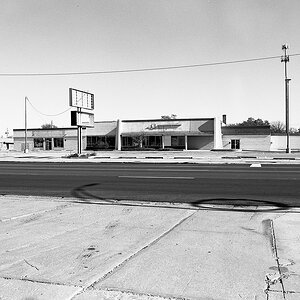prodigy2k7
No longer a newbie, moving up!
- Joined
- Apr 22, 2008
- Messages
- 1,668
- Reaction score
- 22
- Location
- California, USA
- Can others edit my Photos
- Photos OK to edit
On another forum I found this quote:
"Most of what Karl said is exactly right, but meters don't measure to 18% gray. 18% gray is for printers, light meters measure to 12% gray."
Wait, whaaa???
I've always heard 18%, never 12%.
Meters Don't See 18% Gray by Thom Hogan
"Most of what Karl said is exactly right, but meters don't measure to 18% gray. 18% gray is for printers, light meters measure to 12% gray."
Wait, whaaa???
I've always heard 18%, never 12%.
Meters Don't See 18% Gray by Thom Hogan



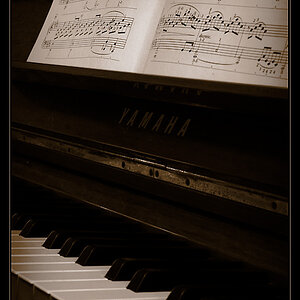
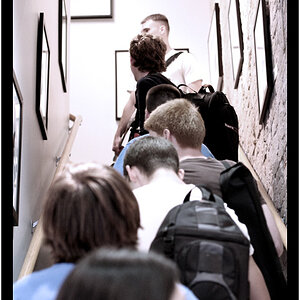
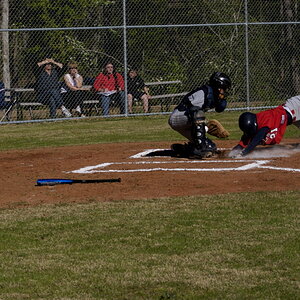

![[No title]](/data/xfmg/thumbnail/35/35880-9a6926237907ab72b42781d9a09698a6.jpg?1619737209)

![[No title]](/data/xfmg/thumbnail/37/37605-90c8efaef5b7d1f52d4bf8e7dfd33673.jpg?1619738148)

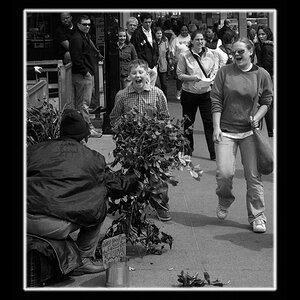
![[No title]](/data/xfmg/thumbnail/37/37602-1ef8dbb1c2d0e4ff347ee65d328c3603.jpg?1619738147)
